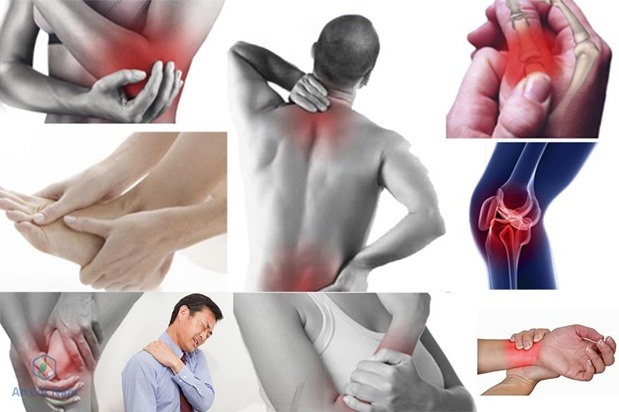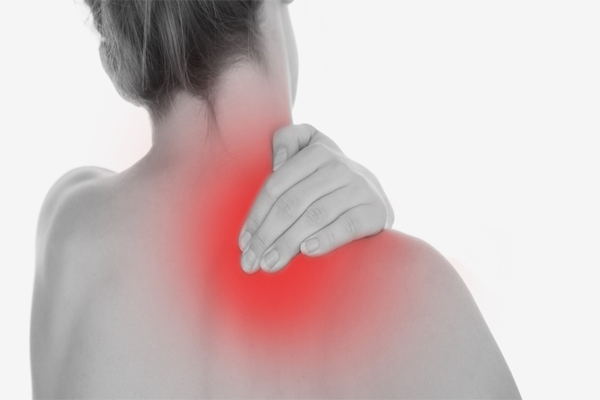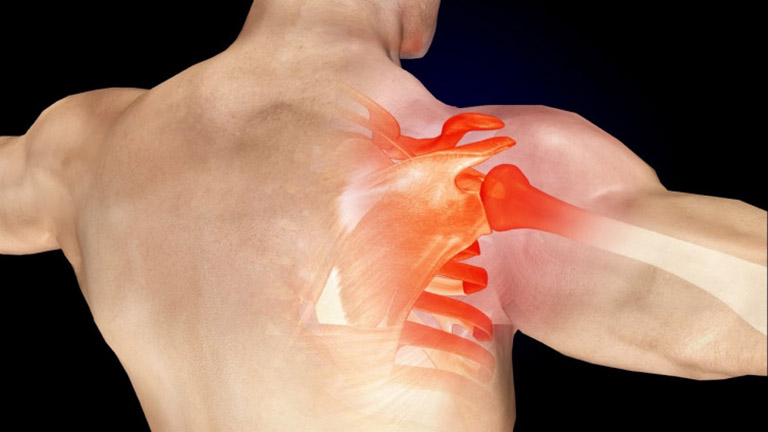Contents
Osteoarthritis, commonly referred to as “wear-and-tear” arthritis, is a degenerative joint disease that affects millions of people worldwide, including many in the Philippines. It is one of the most common forms of arthritis, primarily affecting the elderly, but can also impact younger individuals depending on certain risk factors. In this article, we will explore what osteoarthritis is, its symptoms, causes, and the available treatments, with a focus on the Filipino population.
What is Osteoarthritis?
Osteoarthritis (OA) occurs when the protective cartilage that cushions the ends of bones wears down over time. This leads to pain, swelling, and difficulty moving the joint. While osteoarthritis can affect any joint, it most commonly impacts the knees, hips, hands, and spine. As the condition progresses, the pain and stiffness associated with it can become severe, limiting daily activities and overall quality of life.
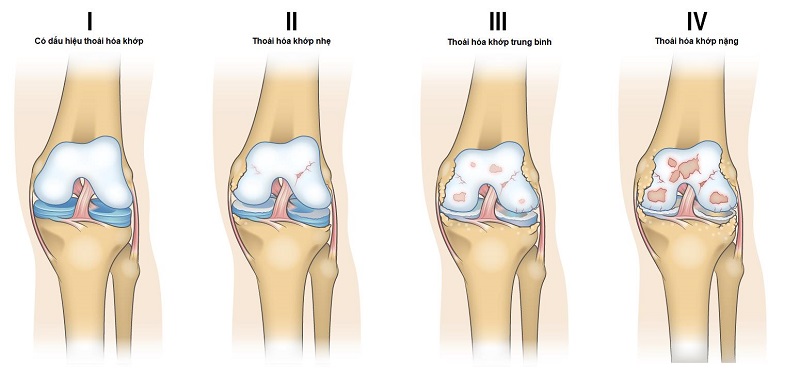
For Filipinos, osteoarthritis is a growing concern due to various factors such as age, lifestyle, and even cultural habits like the use of “squat toilets” in rural areas, which may contribute to knee stress.
Common Symptoms of Osteoarthritis
The symptoms of osteoarthritis can vary from mild to severe, depending on the extent of joint damage. Filipinos with osteoarthritis often report the following symptoms:
- Joint Pain: A common complaint, especially after periods of inactivity or overuse of the joint.
- Stiffness: This is most noticeable upon waking up in the morning or after sitting for long periods.
- Swelling: Joints may swell due to inflammation.
- Loss of Flexibility: Movement in the affected joint may become restricted.
- Bone Spurs: Extra bits of bone may form around the joint, further limiting movement.
- Creaking or Grating Sensation: This is particularly common in knee osteoarthritis, where individuals may hear or feel a grinding sensation during movement.
For many Filipinos, these symptoms may worsen over time, especially in those who have jobs requiring physical labor or in elderly individuals who experience significant wear on their joints due to age.
Causes of Osteoarthritis
Several factors can contribute to the development of osteoarthritis. These include:
- Aging: Osteoarthritis is primarily associated with aging. As Filipinos get older, the cartilage between the joints gradually breaks down, leading to increased friction between bones. The body’s natural ability to repair cartilage slows with age, making older individuals more susceptible to osteoarthritis.
- Obesity: Being overweight is a significant risk factor for osteoarthritis, especially in the knees and hips. The added weight places extra pressure on the joints, which accelerates the wear and tear of cartilage. In the Philippines, where fast food is increasingly popular, maintaining a healthy weight is a challenge for many, thus contributing to the rise in osteoarthritis cases.
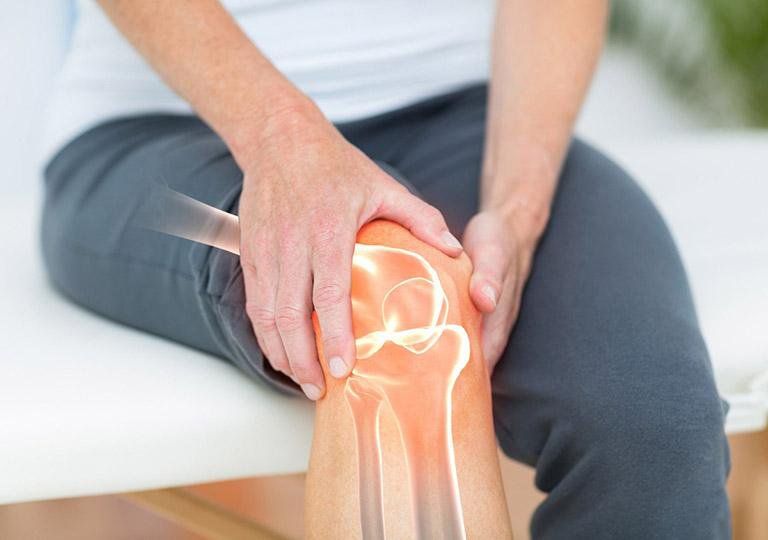
- Joint Injuries: Previous injuries to the joint, whether from accidents or sports, can increase the likelihood of developing osteoarthritis. In the Philippines, where activities like basketball and boxing are popular, sports injuries are common, and individuals may not seek timely treatment, increasing the risk of long-term joint damage.
- Repetitive Stress on Joints: Jobs or activities that require repetitive movement, such as those in the agricultural or construction industries, can lead to joint stress. In the Philippines, many individuals work in physically demanding jobs, increasing their risk of developing osteoarthritis over time.
- Genetics: Some people may be more genetically predisposed to developing osteoarthritis. If you have a family history of osteoarthritis, your risk is likely higher.
- Gender: Studies show that women are more likely than men to develop osteoarthritis, particularly after the age of 50. This may be due to hormonal changes post-menopause, which can affect joint health.
Osteoarthritis in the Philippines: A Growing Health Issue
Osteoarthritis is becoming increasingly prevalent in the Philippines due to the country’s aging population and changing lifestyle habits. According to local health experts, around 50% of Filipinos over the age of 60 suffer from some form of osteoarthritis. This number is expected to rise as the elderly population grows, leading to increased demand for healthcare services focused on managing osteoarthritis.
Additionally, the rapid urbanization in the Philippines has led to a more sedentary lifestyle for many individuals, contributing to weight gain and an increased risk of osteoarthritis. On the other hand, those in rural areas who are engaged in physically demanding work are also at risk due to repetitive joint strain.
Diagnosis of Osteoarthritis
Diagnosing osteoarthritis typically involves a combination of physical exams, medical history reviews, and imaging tests. For Filipinos experiencing joint pain or stiffness, it’s important to consult with a healthcare provider for an accurate diagnosis.
- Physical Exam: The doctor will assess the affected joint for swelling, tenderness, and range of motion.
- Imaging Tests: X-rays or MRI scans can help detect the extent of cartilage loss and joint damage.
- Lab Tests: Though not specific for osteoarthritis, blood tests may be conducted to rule out other forms of arthritis, such as rheumatoid arthritis.
Treatment Options for Osteoarthritis
While there is no cure for osteoarthritis, there are various treatments available to manage the symptoms and improve quality of life. Here are some treatment options for Filipinos dealing with osteoarthritis:
Medications
- Pain Relievers: Over-the-counter medications like paracetamol or ibuprofen are often recommended to manage pain.
- Topical Creams: These can be applied directly to the skin over the joint to help reduce pain.
- Steroid Injections: For more severe cases, corticosteroid injections may be recommended to reduce inflammation in the joint.
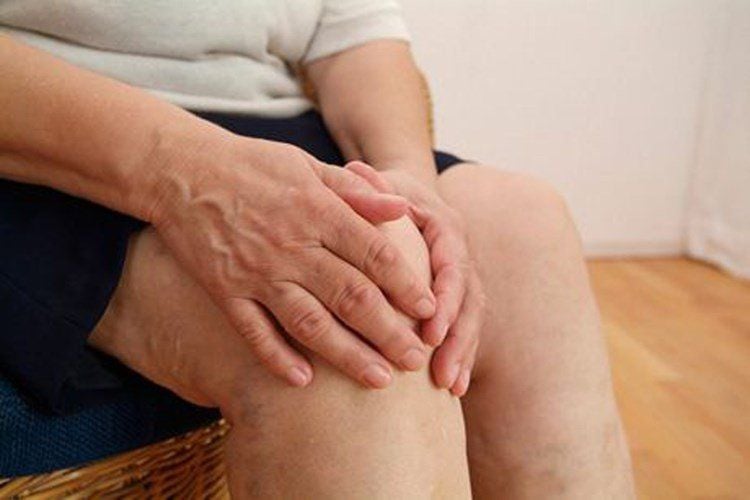
Physical Therapy
Physical therapy can help improve joint function, strengthen the muscles around the joint, and increase flexibility. Many physical therapy centers in the Philippines offer specialized programs tailored to individuals with osteoarthritis. Exercises that focus on building muscle strength around the affected joint, such as swimming or low-impact aerobics, are often recommended.
Weight Management
As mentioned earlier, maintaining a healthy weight can significantly reduce the strain on weight-bearing joints like the knees and hips. Filipinos can benefit from consulting with a dietitian to develop a healthy eating plan that promotes weight loss and reduces joint stress.
Assistive Devices
For individuals with advanced osteoarthritis, using assistive devices such as canes or knee braces can help reduce pressure on the joints. These devices can be found in most Filipino pharmacies and medical supply stores.
Surgical Options
For those with severe osteoarthritis who have not responded to other treatments, surgery may be an option. The most common types of surgery for osteoarthritis include:
- Joint Replacement (Arthroplasty): In this procedure, the damaged joint is replaced with a prosthetic joint.
- Joint Fusion: This involves permanently fusing the bones in the joint together to reduce pain.
Natural Remedies for Osteoarthritis
For those seeking more natural approaches to manage osteoarthritis symptoms, there are a variety of remedies that may offer relief:
Herbal Supplements
- Ginger and Turmeric: These herbs have natural anti-inflammatory properties and can be included in the diet or taken as supplements.
- Glucosamine and Chondroitin: These are commonly used to help repair cartilage and reduce osteoarthritis symptoms. They are available in many health stores in the Philippines.
Hot and Cold Therapy
Alternating between hot and cold compresses can help reduce inflammation and alleviate joint pain. Heat can help relax the muscles, while cold can reduce swelling.

Aquatic Therapy
Swimming or water aerobics can be particularly beneficial for individuals with osteoarthritis. The buoyancy of water reduces the pressure on joints, allowing for pain-free movement.
Preventing Osteoarthritis
While it may not be possible to completely prevent osteoarthritis, especially for those with a genetic predisposition, there are steps Filipinos can take to reduce their risk:
- Maintain a Healthy Weight: Staying within a healthy weight range reduces the strain on your joints.
- Exercise Regularly: Engaging in low-impact exercises like walking, swimming, or cycling helps maintain joint health without causing unnecessary strain.
- Protect Your Joints: Avoid repetitive stress on your joints, especially if you are involved in physically demanding activities or work.
- Eat a Balanced Diet: Consuming foods rich in vitamins, particularly Vitamin D and calcium, supports bone and joint health.
Managing osteoarthritis doesn’t just involve medications and exercise—it also means nourishing your body with the right nutrients. Ovisure Gold, a plant-based milk specially formulated for joint health, is an excellent daily addition for those looking to support their bones and joints naturally. Packed with unique ingredients like Univesstin, MSM, and Aquamin F (organic calcium), Ovisure Gold helps reduce inflammation, improve joint flexibility, and prevent cartilage breakdown. Its mild sweetness and nutty aroma make it easy to incorporate into your diet. Drinking Ovisure Gold each day ensures you’re providing your body with the essential nutrients to maintain healthy joints, making it a perfect companion in your osteoarthritis management plan.
Osteoarthritis is a common condition that affects millions of Filipinos. While it can be painful and limiting, understanding the causes, symptoms, and treatments can help individuals manage the condition effectively. By adopting a healthy lifestyle, staying active, and seeking proper medical care, Filipinos with osteoarthritis can continue to lead fulfilling lives.



